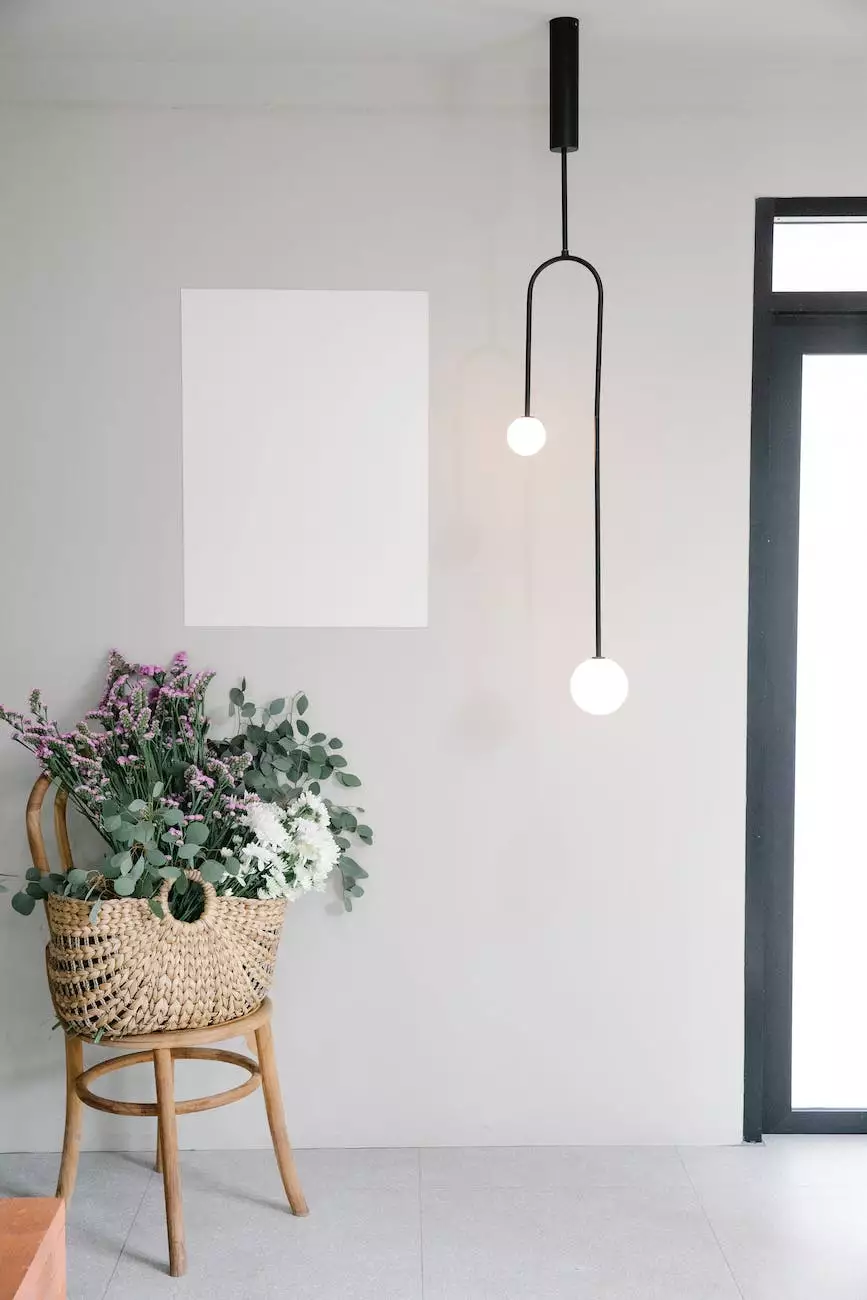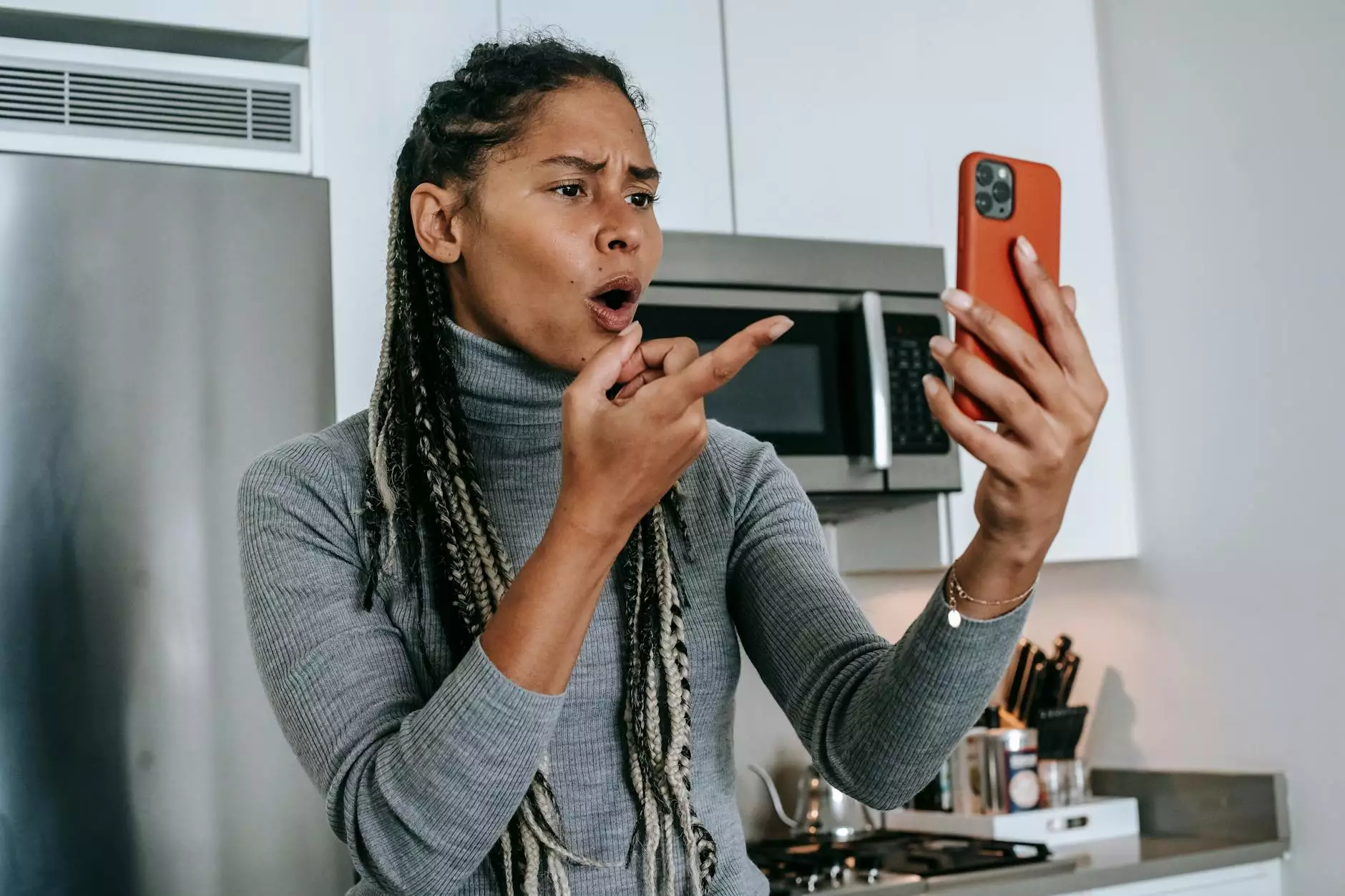Search Intent: What Is It and Why Does It Matter in SEO?
Blog
When it comes to SEO, understanding search intent is key to improving your website's visibility and attracting the right audience. For Arts & Entertainment - Visual Arts and Design websites like Megan Berg Designs, optimizing content to align with the search intent of your target audience can significantly impact your search rankings on Google.
What is Search Intent?
Search intent refers to the reason behind a user's search query. It encompasses the specific information or action the user is seeking when typing a query into a search engine. By understanding search intent, you can tailor your content to match the user's needs, improving your chances of ranking higher in search results.
Search intent can be categorized into four main types:
- Informational Intent: Users seek information or answers to their questions.
- Navigational Intent: Users are looking for a specific website or page.
- Transactional Intent: Users intend to make a purchase or complete a specific action.
- Commercial Investigation Intent: Users are researching products or services before making a purchase decision.
Why Does Search Intent Matter in SEO?
Understanding search intent is crucial for SEO because search engines like Google strive to provide the most relevant and useful results to users. By aligning your content with the search intent, you not only improve your chances of ranking higher but also enhance user experience by delivering the information they are looking for.
For example, if a user searches for "best graphic design software," their search intent is likely informational. By creating a detailed blog post or guide that outlines various graphic design software options with pros and cons, you can cater to their search intent and increase the likelihood of appearing in search results.
Optimizing Your Content for Search Intent
Now that we understand the importance of search intent in SEO, let's explore some strategies to optimize your content:
1. Conduct Keyword Research
To align your content with the right search intent, start by conducting thorough keyword research. Identify the keywords and phrases that your target audience is using to search for information related to your website or industry. Tools like Google Keyword Planner and SEMrush can help you discover relevant and high-performing keywords.
2. Analyze Search Results
Examine the search results for your target keywords. Look at the top-ranking pages and understand how they align their content with the search intent. Analyze their headings, subheadings, content structure, and the depth of information provided. This analysis will give you insights into how to optimize your own content.
3. Match Content with Intent
When creating your content, make sure it directly addresses the user's search intent. If the intent is informational, provide comprehensive and detailed information that answers their questions. If the intent is transactional, ensure your content guides users towards the necessary action, such as making a purchase or signing up for a service.
4. Use Relevant Subheadings
Subheadings not only make your content easier to scan but also signal to search engines the structure and topic of your content. Incorporate relevant keywords into your subheadings to further align with the search intent and improve your chances of ranking higher.
5. Optimize Page Loading Speed
Page loading speed is an important factor in user experience and search rankings. Ensure that your website and content load quickly, as slow-loading pages can negatively impact user satisfaction and engagement. Optimize image sizes, minify code, and use caching to improve page speed.
6. Provide a Unique Value Proposition
Stand out from your competitors by offering unique value to your audience. Identify what sets your Arts & Entertainment - Visual Arts and Design website apart and emphasize these unique aspects in your content. Whether it's showcasing your portfolio, providing expert insights, or offering exclusive deals, make sure your value proposition aligns with the search intent.
Conclusion
Incorporating search intent into your SEO strategy is essential for Arts & Entertainment - Visual Arts and Design websites looking to outrank competitors in Google. By understanding the search intent of your target audience and optimizing your content accordingly, you can improve your search rankings, attract the right visitors, and enhance overall user experience. Take the time to research, analyze, and align your content with search intent, and watch your website climb the rankings!










